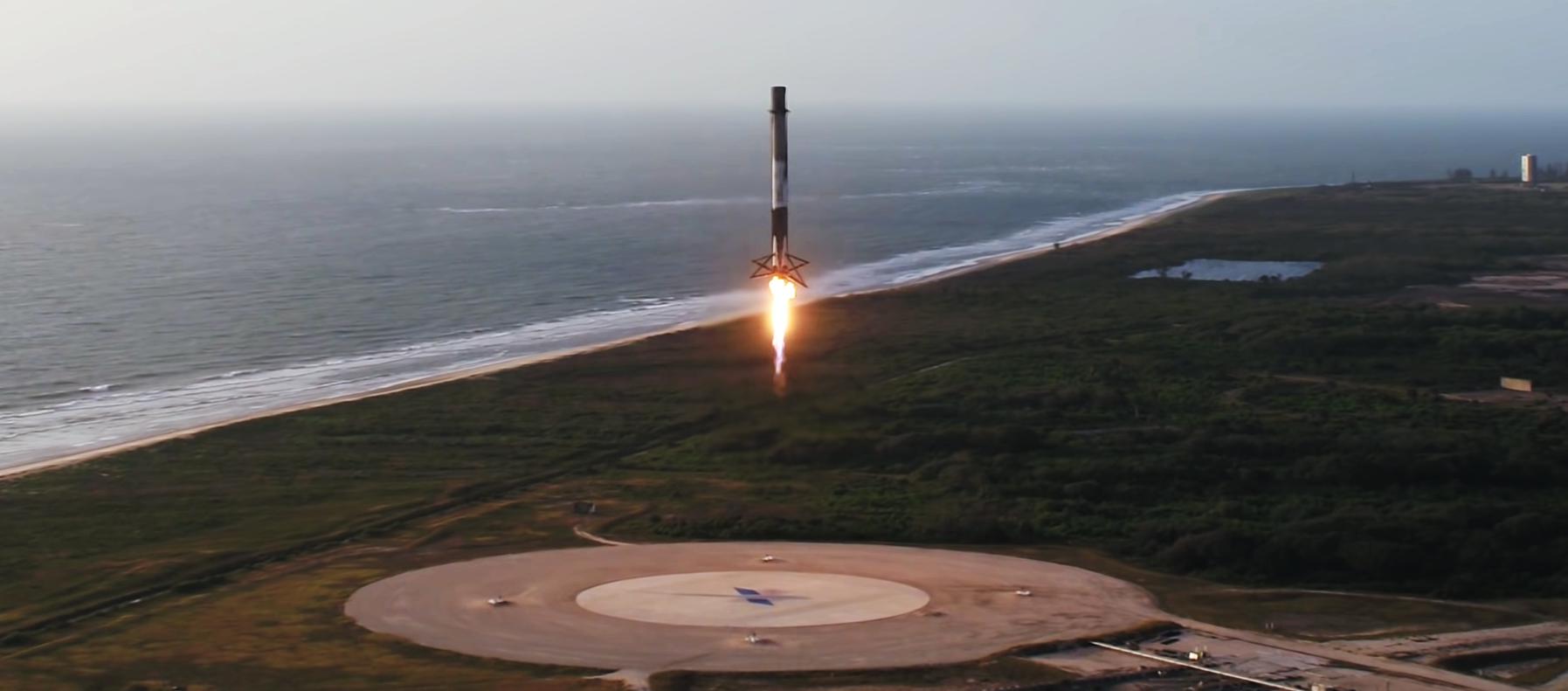
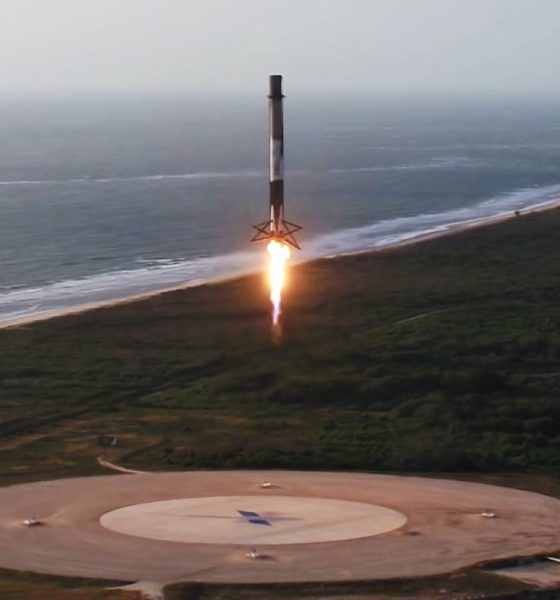
News
SpaceX on track for last Cargo Dragon launch, first Falcon 9 land landing in months
SpaceX is hours away from its Cargo Dragon (Dragon 1) spacecraft’s last space station resupply mission, a historic launch that will also include a Falcon 9 booster’s first land landing attempt in more than half a year.
Scheduled to lift off no earlier than 11:50 pm EST (04:50 UTC) on March 6th (March 7th UTC), flight-proven Falcon 9 booster B1059 rolled out to SpaceX Launch Complex 40 (LC-40) – part of Cape Canaveral Air Force Station (CCAFS) – on Thursday afternoon. Carrying twice-flown Dragon capsule C112, set to smash SpaceX’s orbital spacecraft turnaround record, tonight’s launch will mark SpaceX’s last International Space Station (ISS) mission under its first NASA Commercial Resupply Services (CRS) contract – awarded in 2008.
Aside from Cargo Dragon’s historic final launch and record spacecraft turnaround time, CRS-20 will also mark SpaceX’s first attempted land landing – meaning a Falcon 9 booster landing at LZ-1 or LZ-2 – since July 2019. Thanks in part to SpaceX’s Starlink launch priorities and Falcon Heavy’s intermittent launch cadence, the sonic booms of Falcon booster reentries have been a relative rarity at Landing Zones for the last half-year. CRS-20 will thankfully end that faux-drought and may even be followed just weeks later by a second Falcon booster return to LZ-1.
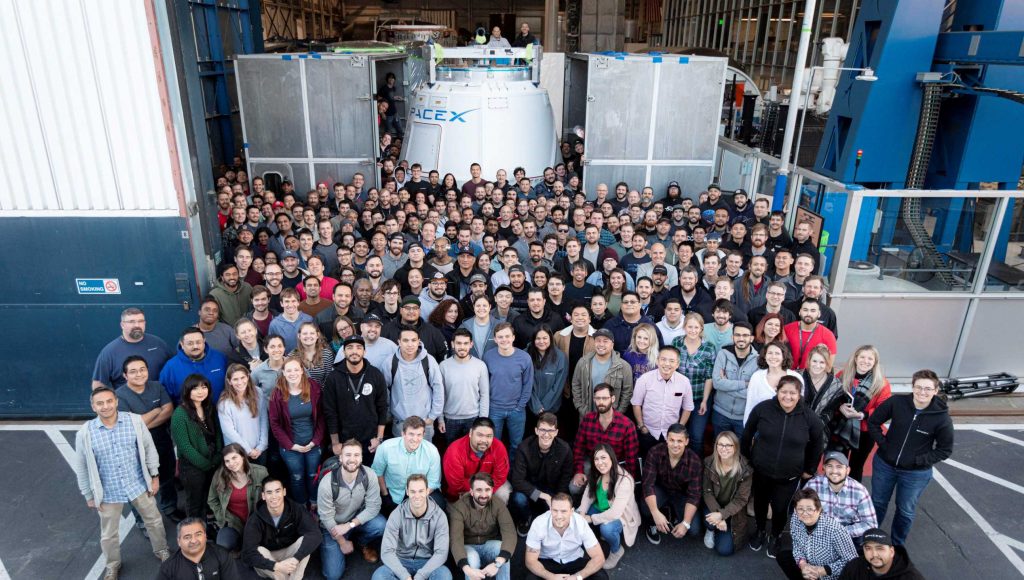
A decade of success in orbit
Over Dragon 1’s decade of service, the spacecraft has successfully delivered more than 40 metric tons (90,000 lb) of cargo to the International Space Station (ISS) and returned almost as much from the station to Earth – still the only operational spacecraft capable of doing so since the Space Shuttle’s 2011 retirement.
If CRS-20 goes as planned, NASA will have awarded SpaceX a total of $3.1B for its finished CRS Phase 1 contract, translating to an average of $147M apiece for 21 missions (including the CRS-7 failure and Dragon’s first space station demo mission) to the ISS.
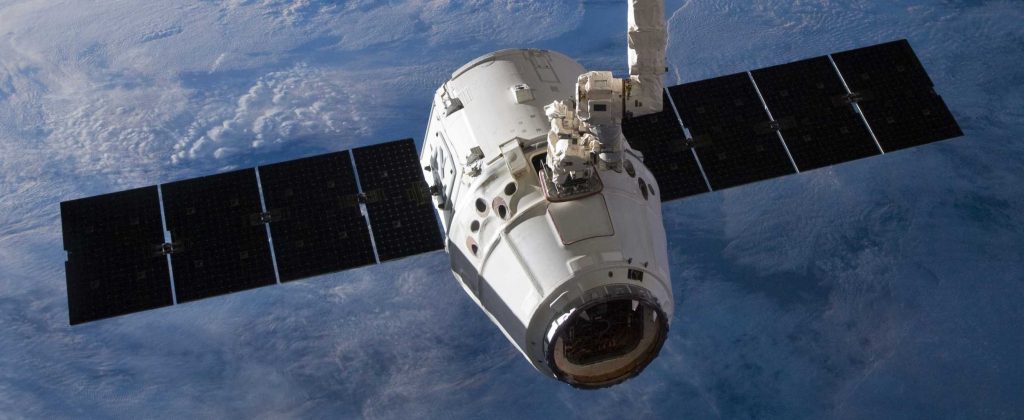
In other words, each kilogram of cargo Falcon 9 and Dragon delivered to the space station wound up costing NASA a bit less than $80,000, admittedly eye-watering but quite favorable compared to the Space Shuttle’s ~$340,000/kg (assuming program cost of $240B (c. 2020) and STS-135’s ~5300 kg of cargo).
Small steps towards full reusability
SpaceX’s CRS Phase 1 successes have also helped NASA cautiously accept flight-proven commercial rockets and spacecraft as the company has gradually introduced Falcon 9 booster and Cargo Dragon capsule reusability. Now, more than two years since SpaceX’s first capsule (June 2017) and booster reuses (December 2017) on NASA CRS missions, the company has launched two Dragon capsules to the space station for the third time and flown Dragons on flight-proven boosters four times.
CRS-20 will mark the third time a Cargo Dragon capsule (C112) flies a third orbital resupply mission, as well as the fifth time a CRS mission will launch on a flight-proven booster (B1059). Compared to the sheer scale and ambition of SpaceX’s next-generation, fully-reusable Starship and Super Heavy launch system, Dragon and Falcon 9 may seem rather diminutive. However, it’s hard to exaggerate just how much reusability expertise SpaceX has gained through their development.
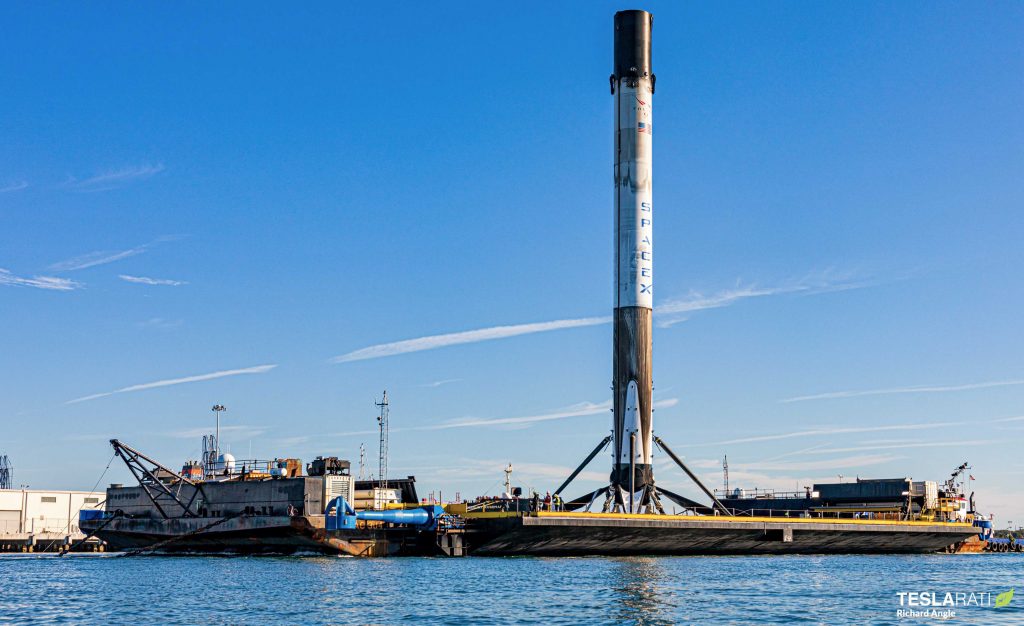
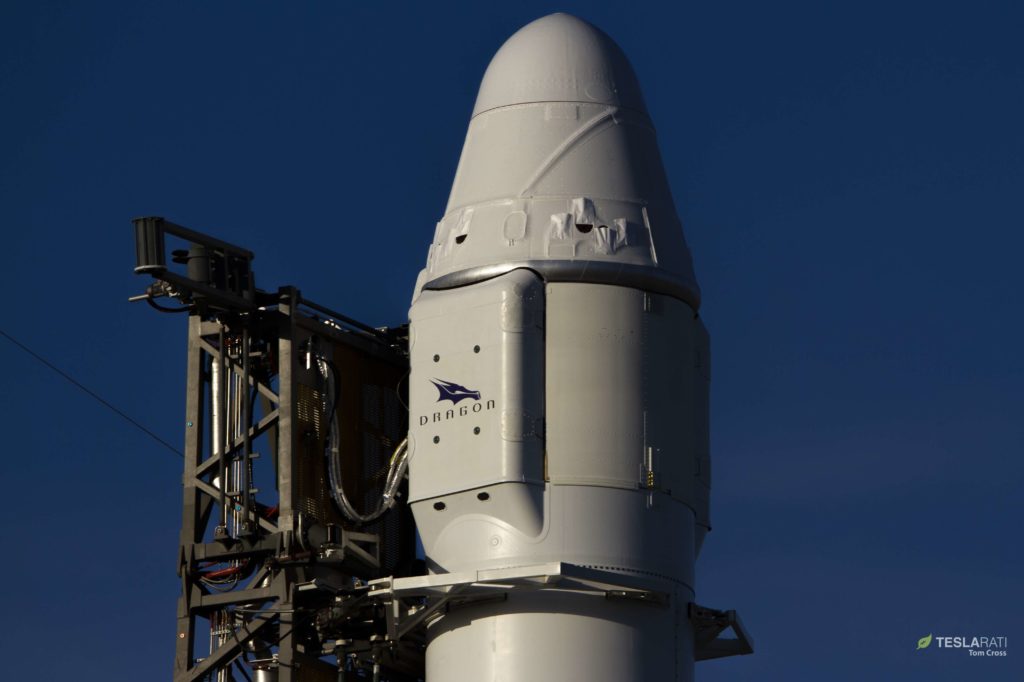
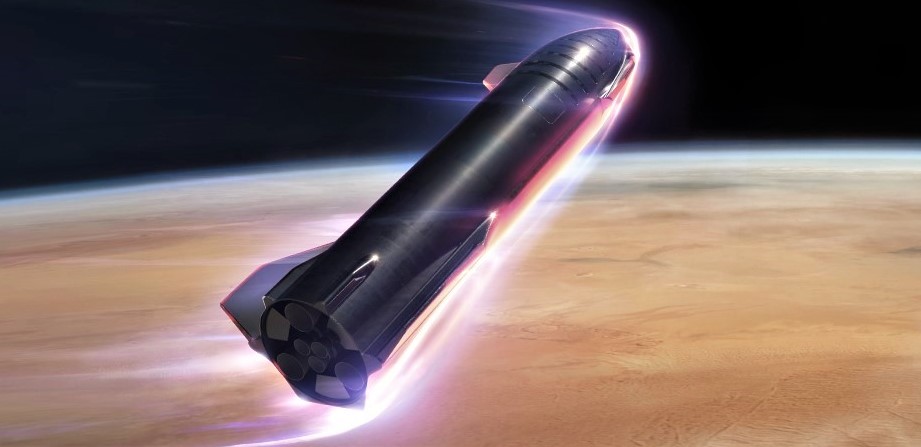
Set to take over resupply missions and ferry astronauts to and from the space station, SpaceX and CEO Elon Musk already considered Dragon 2 (Crew Dragon) to be dramatically simpler, faster, and cheaper to reuse. Starship will ultimately build off those significant improvements, enabling another leap (or several) forward. Perhaps just as importantly, Falcon and Dragon reuse will likely continue to make profound political and bureaucratic inroads over the next 5-10 years, gradually eroding and reshaping the status quo. Their progress will thus hopefully set both the technical and societal stages for widespread success and acceptance by the time Starship can be declared operational.
Weather is currently 60% GO for CRS-20, and the rocket and spacecraft are likely just hours from going vertical at the LC-40 launch pad. As always, tune into SpaceX’s official webcast approximately 15 minutes before liftoff to catch the Falcon 9 launch and landing live.
Check out Teslarati’s Marketplace! We offer Tesla accessories, including for the Tesla Cybertruck and Tesla Model 3.

News
Tesla Cybercab tests are going on overdrive with production-ready units
Tesla is ramping its real-world tests of the Cybercab, with multiple sightings of the vehicle being reported across social media this week.

Tesla is ramping its real-world tests of the Cybercab, with multiple sightings of the autonomous two-seater being reported across social media this week. Based on videos of the vehicle that have been shared online, it appears that Cybercab tests are underway across multiple states.
Recent Cybercab sightings
Reports of Cybercab tests have ramped this week, with a vehicle that looked like a production-ready prototype being spotted at Apple’s Visitor Center in California. The vehicle in this sighting was interesting as it was equipped with a steering wheel. The vehicle also featured some changes to the design of its brake lights.
The Cybercab was also filmed testing at the Fremont factory’s test track, which also seemed to involve a vehicle that looked production-ready. This also seemed to be the case for a Cybercab that was spotted in Austin, Texas, which happened to be undergoing real-world tests. Overall, these sightings suggest that Cybercab testing is fully underway, and the vehicle is really moving towards production.
Production design all but finalized?
Recently, a near-production-ready Cybercab was showcased at Tesla’s Santana Row showroom in San Jose. The vehicle was equipped with frameless windows, dual windshield wipers, powered butterfly door struts, an extended front splitter, an updated lightbar, new wheel covers, and a license plate bracket. Interior updates include redesigned dash/door panels, refined seats with center cupholders, updated carpet, and what appeared to be improved legroom.
There seems to be a pretty good chance that the Cybercab’s design has been all but finalized, at least considering Elon Musk’s comments at the 2025 Annual Shareholder Meeting. During the event, Musk confirmed that the vehicle will enter production around April 2026, and its production targets will be quite ambitious.
News
Tesla gets a win in Sweden as union withdraws potentially “illegal” blockade
As per recent reports, the Vision union’s planned anti-Tesla action might have been illegal.

Swedish union Vision has withdrawn its sympathy blockade against Tesla’s planned service center and showroom in Kalmar. As per recent reports, the Vision union’s planned anti-Tesla action might have been illegal.
Vision’s decision to pull the blockade
Vision announced the blockade in early December, stating that it was targeting the administrative handling of Tesla’s facility permits in Kalmar municipality. The sympathy measure was expected to start Monday, but was formally withdrawn via documents sent to the Mediation Institute and Kalmar Municipality last week.
As noted in a Daggers Arbete report, plans for the strike were ultimately pulled after employer group SKR highlighted potential illegality under the Public Employment Act. Vision stressed its continued backing for the Swedish labor model, though Deputy negotiation manager Oskar Pettersson explained that the Vision union and IF Metall made the decision to cancel the planned strike together.
“We will not continue to challenge the regulations,” Petterson said. “The objection was of a technical nature. We made the assessment together with IF Metall that we were not in a position to challenge the legal assessment of whether we could take this particular action against Tesla. Therefore, we chose to revoke the notice itself.”
The SKR’s warning
Petterson also stated that SKR’s technical objection to the Vision union’s planned anti-Tesla strike framed the protest as an unauthorized act. “It was a legal assessment of the situation. Both for us and for IF Metall, it is important to be clear that we stand for the Swedish model. But we should not continue to challenge the regulations and risk getting judgments that lead nowhere in the application of the regulations,” he said.
Vision ultimately canceled its planned blockade against Tesla on December 9. With Vision’s withdrawal, few obstacles remain for Tesla’s long-planned Kalmar site. A foreign electrical firm completed work this fall, and Tesla’s Careers page currently lists a full-time service manager position based there, signaling an imminent opening.
News
Tesla Semi program Director teases major improvements

Tesla Semi Program Director Dan Priestly teased the major improvements to the all-electric Class 8 truck on Thursday night, following the company’s decision to overhaul the design earlier this year.
Priestley said he drove the Semi on Thursday, and the improvements appear to be welcomed by one of the minds behind the project. “Our customers are going to love it,” he concluded.
Just drove the redesigned Semi. Our customers are going to love it. https://t.co/KZ88sf1CDL
— Dan Priestley (@danWpriestley) December 19, 2025
The small detail does not seem like much, but it is coming from someone who has been involved in the development of the truck from A to Z. Priestley has been involved in the Semi program since November 2015 and has slowly worked his way through the ranks, and currently stands as the Director of the program.
Tesla Semi undergoes major redesign as dedicated factory preps for deliveries
Tesla made some major changes to the Semi design as it announced at the 2025 Annual Shareholder Meeting that it changed the look and design to welcome improvements in efficiency.
Initially, Tesla adopted the blade-like light bar for the Semi, similar to the one that is present on the Model Y Premium and the Cybertruck.
Additionally, there are some slight aesthetic changes to help with efficiency, including a redesigned bumper with improved aero channels, a smaller wraparound windshield, and a smoother roofline for better aero performance.
All of these changes came as the company’s Semi Factory, which is located on Gigafactory Nevada’s property, was finishing up construction in preparation for initial production phases, as Tesla is planning to ramp up manufacturing next year. CEO Elon Musk has said the Semi has attracted “ridiculous demand.”
The Semi has already gathered many large companies that have signed up to buy units, including Frito-Lay and PepsiCo., which have been helping Tesla test the vehicle in a pilot program to test range, efficiency, and other important metrics that will be a major selling point.
Tesla will be the Semi’s first user, though, and the truck will help solve some of the company’s logistics needs in the coming years.








